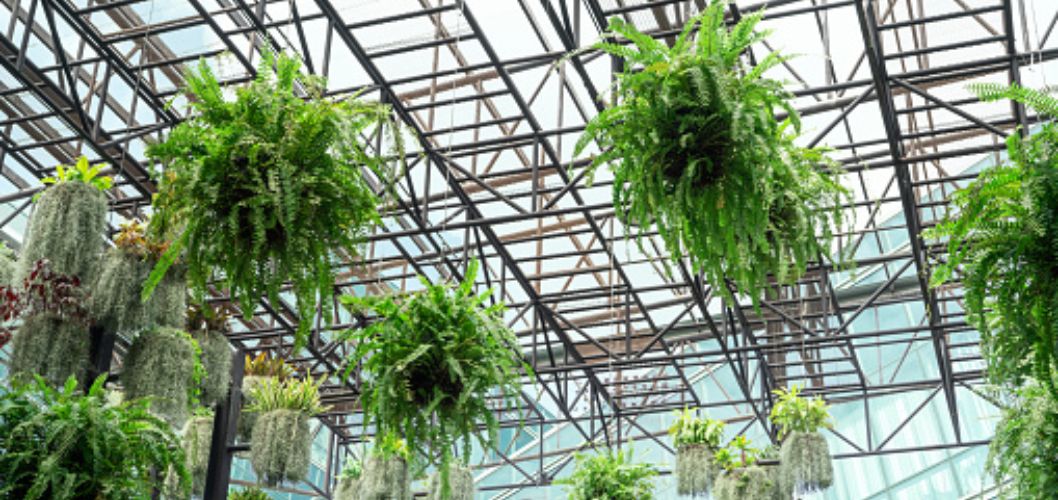Air plants, also known as Tillandsia, are a popular choice for indoor plant enthusiasts. They are low-maintenance plants that do not require soil and can thrive in various environments. However, to ensure that your air plant stays healthy and beautiful, you need to create the ideal environment for it. In this article, we will discuss the key factors to consider when caring for air plants.
How to care for air plant
Light
Air plants require bright, filtered light but must be protected from direct sunlight as this can burn their leaves. Place your air plant near a south- or east-facing window. If you don’t have access to natural light, consider using a grow light.
Temperature
Air plants thrive in temperatures between 50 and 90 degrees Fahrenheit. As they are native to tropical regions, they prefer warmer temperatures. Avoid exposing your air plant to cold draughts or extreme heat.
Humidity
Air plants absorb moisture through their leaves, making adequate humidity crucial for their survival. Misting your plant daily with water or placing it in a humid room such as a bathroom will help keep it hydrated. You can also use a humidifier to maintain an optimal humidity level.
Watering
Unlike other plants, air plants do not require soil to grow. Instead, they extract moisture from the air and require only occasional watering. To water your air plant, submerge it in room temperature water for 30 minutes once a week. Be sure to shake off excess water and allow the plant to dry before returning it to its display area. Avoid using tap water as it can contain chemicals that can harm your plant.
Fertilization
Air plants do not require fertilizer, but you can give them a boost by adding a small amount of bromeliad or orchid fertilizer to their water once a month. Be sure not to over-fertilize as this can damage the plant.
How to prune and divide air plant
Pruning Air Plants
Pruning is the act of removing dead and damaged leaves from the plant to maintain its health and appearance. Pruning is an essential part of air plant care and can be done at any time of the year. Pruning involves the following steps:
- Inspect your air plant for any dead or damaged leaves.
- Use a sharp pair of scissors or garden shears to cut off the damaged leaves as close to the base as possible.
- Be sure to cut only the damaged leaves and leave the healthy ones intact.
- Dispose of the cut leaves.
- Pruning can also be done for aesthetic purposes such as to shape your air plant or enhance its appearance. You can remove any leaves that are crossing or overcrowding others to create a more symmetrical plant.

Dividing Air Plants
Dividing air plants involves separating the plant into two or more pieces to create new plants. Dividing is an excellent way to propagate air plants and expand your collection. However, dividing should only be done when the plant has grown too large for its container or is exhibiting signs of overcrowding.
To divide an air plant, follow these steps:
- Gently pull the plant out of its container, being careful not to damage the leaves or roots.
- Examine the plant, looking for any natural breaks or clumps of leaves that can be separated.
- Use sharp scissors or gardening shears to cut the plant into two or more pieces, ensuring that each piece has enough roots and leaves to survive.
- Plant each division in a suitable container, and water as you would a new air plant.
- Dividing your air plant can help keep it healthy, promote growth, and give you more plants to enjoy.
Conclusion
In conclusion, creating the ideal environment for air plants involves providing adequate light, temperature, humidity, and watering. Following these guidelines will ensure that your air plant stays healthy and beautiful for years to come. With a little care and attention, your air plant can become a stunning addition to your indoor garden.
